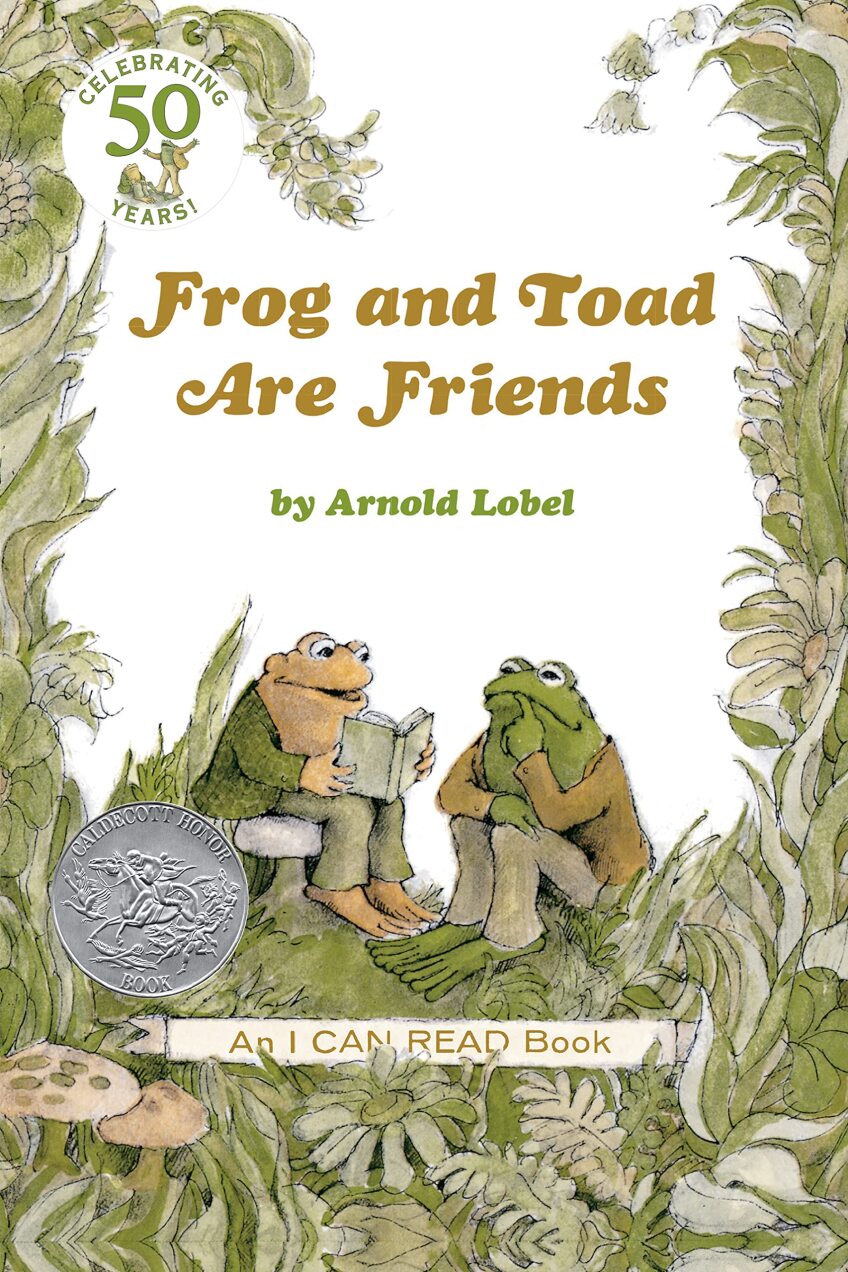Craft a Slithering Math Snake With Buttons
Learning Goals
In this button snake craft activity, your child will:
- Sort buttons by color, shape, or size
- Create patterns
- Practice fine motor skills
Materials
- Pipe cleaners
- Variety of buttons (beads, leaves, or shells work too!)
- Googly eyes
- Glue stick
Vocabulary
- Attributes are the features or characteristics of an object. For example, an attribute of a button can be its color, size, shape, number of holes, etc. Talking about the characteristics of objects helps your child build their vocabulary and background knowledge.
- Sorting means organizing objects into groups (also called sets) based on some attribute. For example, your child can sort buttons based on their color, size, shape or number of holes. Sorting and organizing objects helps young children understand and create patterns.
- A pattern is a sequence of things that repeats over and over and follows a rule. For example, you can create a pattern with buttons using colors, like red button, green button, red button, green button. Patterns help children predict what comes next and are an important area of mathematics.
Step-by-Step Instructions
1. Get ready for the activity by placing various buttons in a large open container or on a table. The more shapes and sizes of buttons, the better! Let your child explore the buttons before you start sorting. As your child explores the buttons, help them notice their different attributes such as color, size, shape, thickness or number of holes.
You can say:
- "Tell me about this button. What do you notice?"
- "Which button is exactly like this one?"
- "How are the buttons the same or different?"
2. Invite your child to sort and organize the buttons into groups by color, size, shape, etc. Then, ask your child to compare the groups of buttons to find which one has the most buttons. You can also take turns guessing each other's sorting rules. Have fun regrouping the buttons by different attributes.
You can say:
- "Let's sort the buttons by color. Can you help me find all the green buttons?"
- "Which group of buttons has the most? Let's count them together."
- "We sorted the buttons by color. What happens if we sort them by their shape?"
3. Now that your buttons are sorted, you can make your sorting snake. Pick a button for the snake's head and a pipe cleaner for its body. Loop the pipe cleaner through the button and make a knot. Glue on your googly eyes.
4. Next, thread several buttons onto the pipe cleaner to make the snake body. Be creative!. You can make a colorful design or pattern with colors like red, green, red, green or by size like BIG, small, BIG, small. You can also sort out buttons from largest to smallest towards the tail. The possibilities are endless!

5. Add more pipe cleaners to make your button snake even longer, or create more button snakes using different patterns and designs.
Helpful Parent Tips
- If your child makes a mistake and places a green button in the red button group, don't correct them immediately. Instead, ask them about the attributes of the buttons in the group and ask them to describe the individual button. For example"Do they share the same shape? Is there another attribute the green button shares with the red button group? Can we form another subgroup?"
- If your child is comfortable sorting by one attribute, challenge them to sort the buttons by two attributes, such as shape and color. You can ask, "Can you make a group of round green buttons?"
Keep the Conversation Going
Go on a nature walk with your button snake and collect some fallen leaves for your button snake to call home. Sort the leaves by color, size, shape, or texture. What color are the leaves? Are they yellow, red, green, brown or orange? What shapes are the leaves? Are they heart-shaped, oval-shaped, or long and skinny? What size are the leaves? Are they big, medium or small? What about texture? Are the leaves smooth or rough? How are the leaves the same, or how are they different?
Book Suggestions
"Frog and Toad are Friends" (Ages 4-8) by Arnold Lobel
In this book, your child will follow along as Frog and Toad search for a lost button by sorting through other buttons they find.

"¡Clasifícalo!/Sort it Out!" (Ages 4-7)
Written by Barbara Mariconda and illustrated by Sherry Rogers
In this story, Packy sorts through his ever-growing collection of trinkets and puts them away.

Corresponding Standards
California Preschool Learning Foundations
Algebra and Functions
- 1.0: Children expand their understanding of sorting and classifying objects in everyday environments.
- 1.1 Sort and classify objects by one or more attributes, into groups, with increasing accuracy.
Common Core State Standards
- CCSS.Math.Content.K.MD.B.3. Classify objects into given categories; count the numbers of objects in each category and sort the categories by count.

